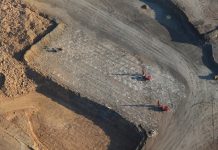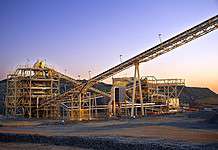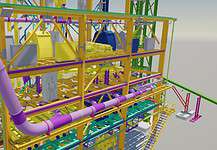THE premier African mining event will be bigger than last year, which saw more than 6000 delegates attend the exhibition, including about 600 investors and more than 1100 mining executives.
According to Mining Indaba head of content Tom Quinn, the showcase will unveil the latest technologies and cover the latest trends and topics.
He also said that because sustainability has many great touchpoints throughout the mining value chain, the issue will be spotlighted in most natural resources topics which are current in the industry and throughout the week at Mining Indaba.
“Navigating the legal and regulatory frameworks of many African countries is a topic of increasing relevance, so we are delighted to introduce our General Counsel Forum (GC Forum),” he said.
“Workforce health and safety, of course, is a perennial concern for all mining operators and will be discussed from various perspectives in different Indaba content streams.”
Given global growth in demand for lower-carbon electricity, the whole area of battery metals is of immense interest right now and there will be a dedicated Battery Metals Day during the Indaba week.
“One of the big growth areas in terms of operating practice and therefore reflected in our Indaba content is the challenges and opportunities presented by the fourth Industrial Revolution,” Mr Quinn said.
“Pulling the industry into the digital economy is no mean feat, and the pace of technological change is sometimes so fast that it can seem daunting and difficult to get a handle on.
“Therefore, we’ve devoted two whole days to our future-facing Mining 2050 content stream.”
Some of the high calibre speakers include Ivanhoe Mines founder Robert Friedland; Anglo American CEO Mark Cutifani, who will deliver the opening industry keynote focusing on the brand of mining, sustainability, and the role of technology; and Siemens Southern CEO Sabine Dall’Omo.
Mr Quinn said while it was not wrong to view the natural resources industries of Africa as the engine of the continent’s development, how this abundance of metals and minerals is developed is absolutely key.
“There is a tangible change in the way extractive industries are doing business – and are now expected to do business particularly by the institutional investors and private equity firms which are key to their ongoing capital investment,” he said.
“It is now necessary for mining companies to have ongoing engagement with their investors and with the communities in which they operate in order to mitigate the risk of investor or community backlash from lack of sustainable practices.”























